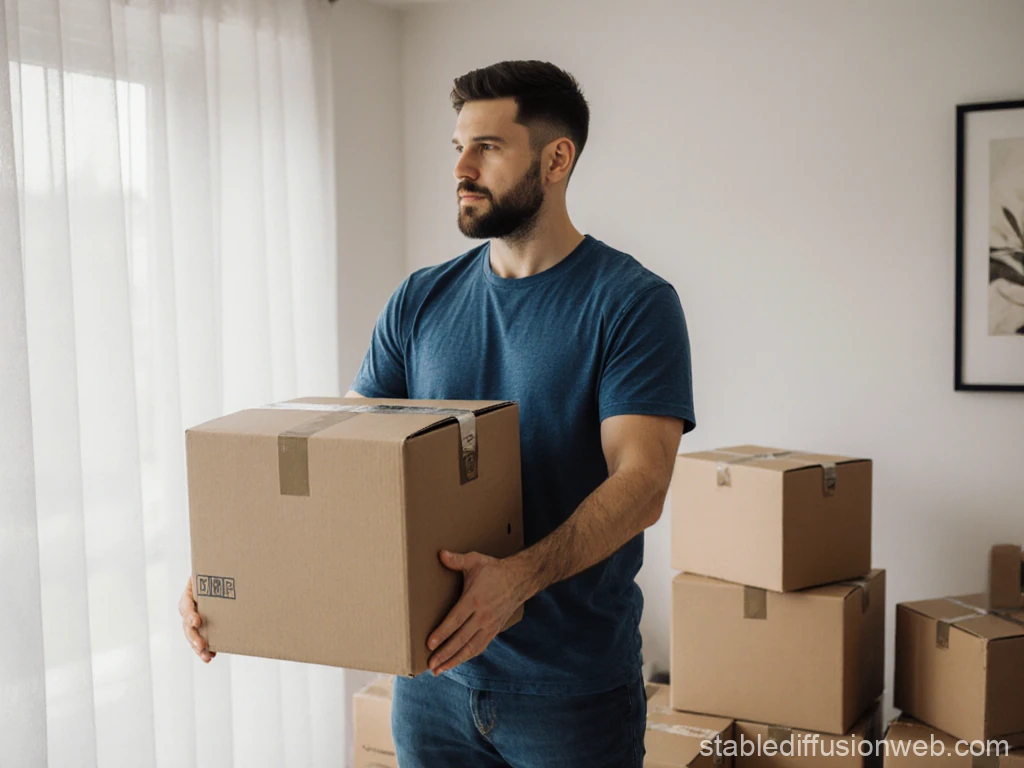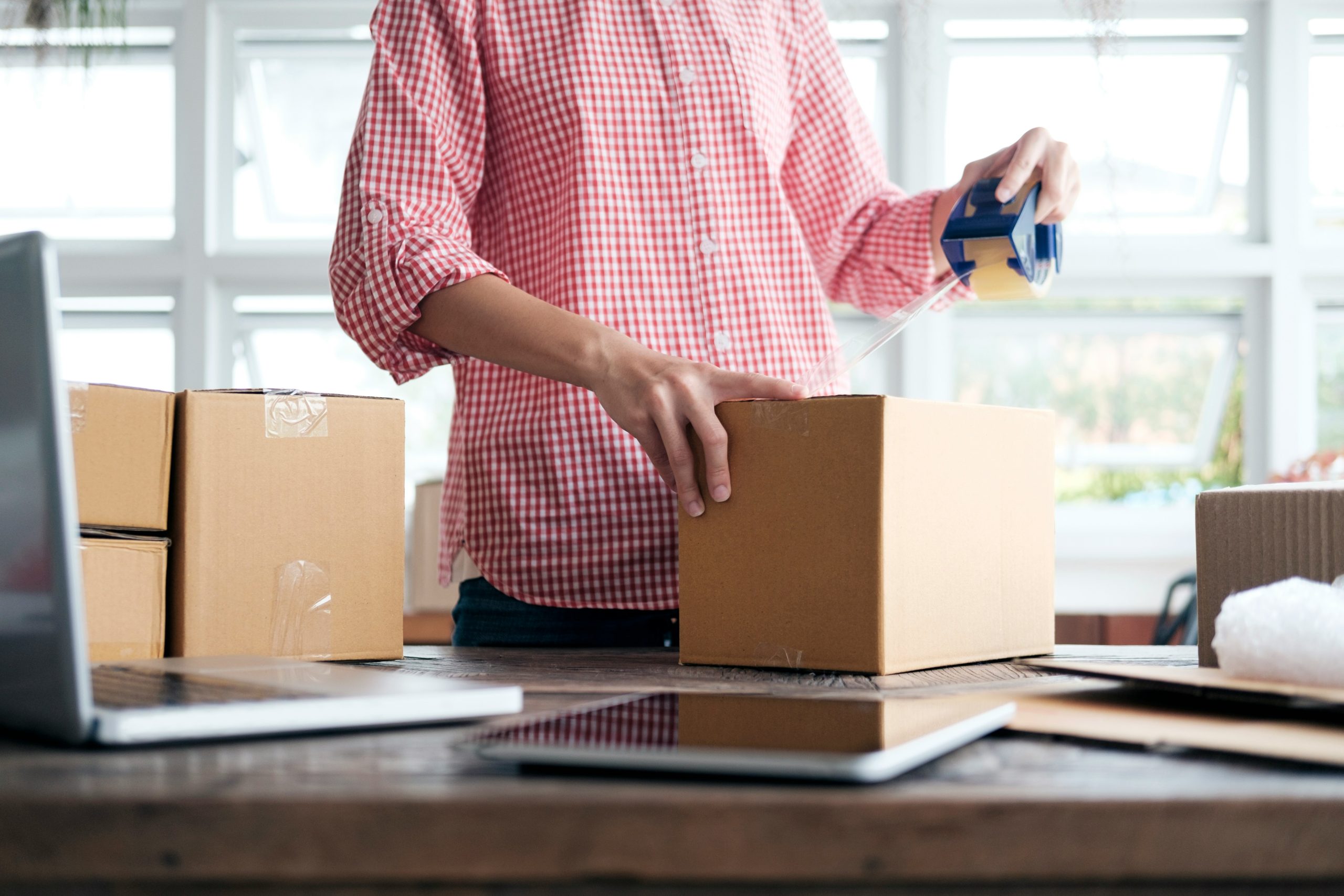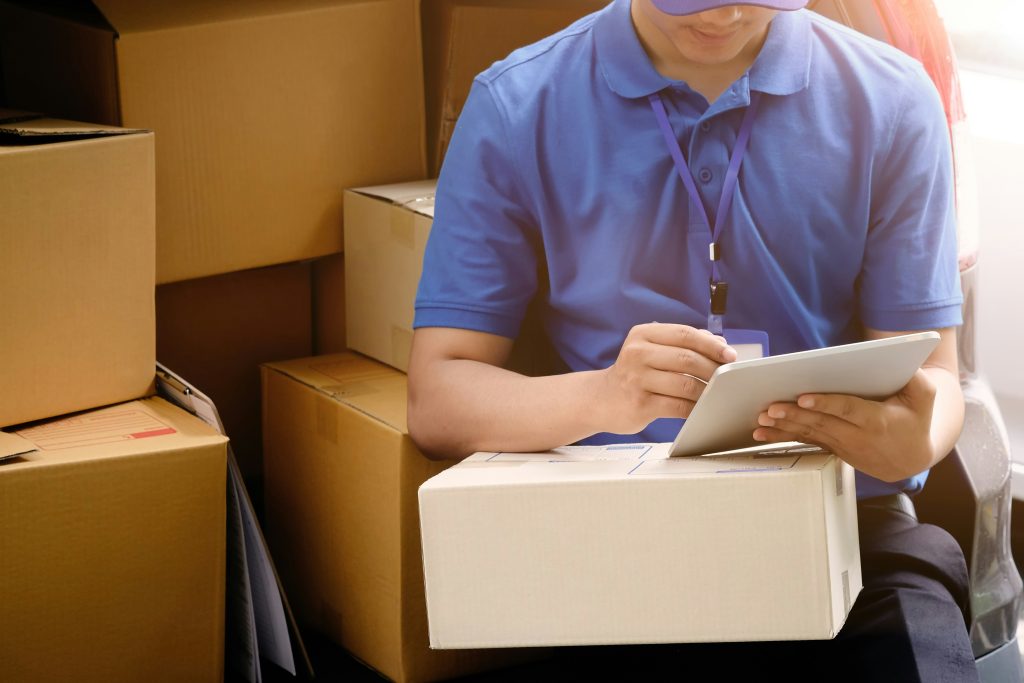If you’re moving from Michigan to Texas, you’re not just changing your address — you’re starting a whole new lifestyle. The journey from the Great Lakes to the Lone Star State offers sunshine, career growth, and cultural variety.
But before you enjoy your new surroundings, careful planning and exemplary moving service can make all the difference.
Top Reasons Why People Move from Michigan to Texas
Leaving Michigan’s cold winters behind is just one reason many make this interstate move. Here’s what draws people south:
- No state income tax: Keep more of your paycheck.
- Growing job market: Especially in energy, tech, and healthcare.
- Lower housing costs: Texas cities offer excellent value.
- Year-round warmth: Trade snow for sunny skies.
- Southern hospitality: Friendly neighbors and welcoming communities.
Texas isn’t just a destination — it’s a fresh start.
Organize Your Move Step by Step

To ensure a smooth relocation, break the process into simple steps. Here’s how to get started:
- Create a moving checklist.
- Declutter your home. Donate or sell items you no longer need.
- Hire professional movers. Select a reputable moving company with experience in interstate relocation.
- Collect packing supplies. Use quality boxes and bubble wrap.
- Notify utilities and update your address.
- Plan travel arrangements for yourself and your family.
A structured plan prevents last-minute chaos and keeps you in control.
Why Hiring a Professional Moving Company Helps
A long-distance move can be exhausting to handle alone. That’s where professional movers step in. They handle the heavy lifting, packing, and transport, saving you time and effort.
When comparing moving companies, look for:
- Licensed and insured movers.
- Experience with cross-state relocations.
- Positive customer reviews.
- Transparent pricing with no hidden charges.
A reputable moving service ensures your belongings reach Texas safely and on schedule.
Estimated Costs for Moving from Michigan to Texas
Budgeting is crucial. On average, moving from Michigan to Texas costs between $3,200 and $7,500, depending on the size of your home and any additional services you may require.
Here’s what affects the cost:
- Distance: The longer the route, the higher the fuel and labor cost.
- Packing services: Optional, but saves valuable time.
- Move date: Prices rise during the summer peak season.
- Storage: Temporary storage may add extra fees.
Obtaining multiple quotes enables you to find the best rate without compromising quality.
Best Places to Live in Texas After Moving
Once you arrive, where should you call home? Texas offers a mix of urban excitement and suburban comfort.
- Austin: Tech and music hub with a youthful vibe.
- Dallas: Business-friendly with many career options.
- Houston: Culturally diverse and budget-friendly.
- San Antonio: Family-oriented with historic charm.
- Frisco: A fast-growing city with great schools.
Each city has something special — explore before deciding where to settle.
Packing Tips for a Stress-Free Move
Packing can be the most challenging part of any relocation. Make it easier with these tips:
- Begin packing at least three weeks before your move.
- Use color-coded labels for each room.
- Wrap fragile items with towels or clothes.
- Pack heavy items in small boxes.
- Keep a box of essentials for your first few days.
Good organization reduces the chance of damage and saves time during unpacking.
Adapting to Texas Life
After moving from Michigan to Texas, you’ll notice a few exciting changes.
Expect:
- More sunshine and outdoor fun.
- Lower property taxes and living costs.
- Larger homes and yards.
- Friendly people and local traditions.
Adjusting might take a few weeks, but soon you’ll be enjoying Texas BBQs, rodeos, and football weekends like a true local.
Eco-Friendly Ways to Move
Make your relocation sustainable by following these green tips:
- Reuse or rent moving boxes.
- Donate unwanted furniture.
- Choose movers with fuel-efficient trucks.
- Use paper or cloth instead of plastic wrap.
Small actions can help reduce your move’s environmental footprint while keeping it affordable.
Mistakes to Avoid When Moving Long Distance
Even experienced movers can overlook key details. Avoid these common pitfalls:
- Booking movers at the last minute.
- Forgetting to label boxes properly.
- Not checking mover credentials.
- Ignoring moving insurance.
- Packing prohibited items like aerosols or perishables.
Preventing mistakes ensures a smoother relocation from start to finish.
Frequently Asked Questions
1. How long does it take to move from Michigan to Texas?
Usually 3–6 days, depending on your route and chosen moving company.
2. Do I need to be present on moving day?
Yes, it’s best to be there for inventory and supervision.
3. How can I save money on my move?
Move off-season, pack yourself, and compare multiple quotes.
4. Are professional movers worth it?
Absolutely — they reduce stress and prevent damage during transit.
5. What’s the best time to move to Texas?
Spring and fall offer pleasant weather and lower costs.

Moving from Michigan to Texas is a significant step, filled with opportunities and growth. Whether you’re drawn by the warm weather, career options, or lifestyle, your move can be smooth and enjoyable with the right help.
Partnering with professional movers makes relocation simpler, safer, and more efficient. With the exemplary moving service, you can focus on starting fresh — and everything bigger and brighter that Texas has to offer.
Buzzmoving makes relocation effortless. From heavy lifting to careful transport, we’ve got you covered. Get your free quote now!




